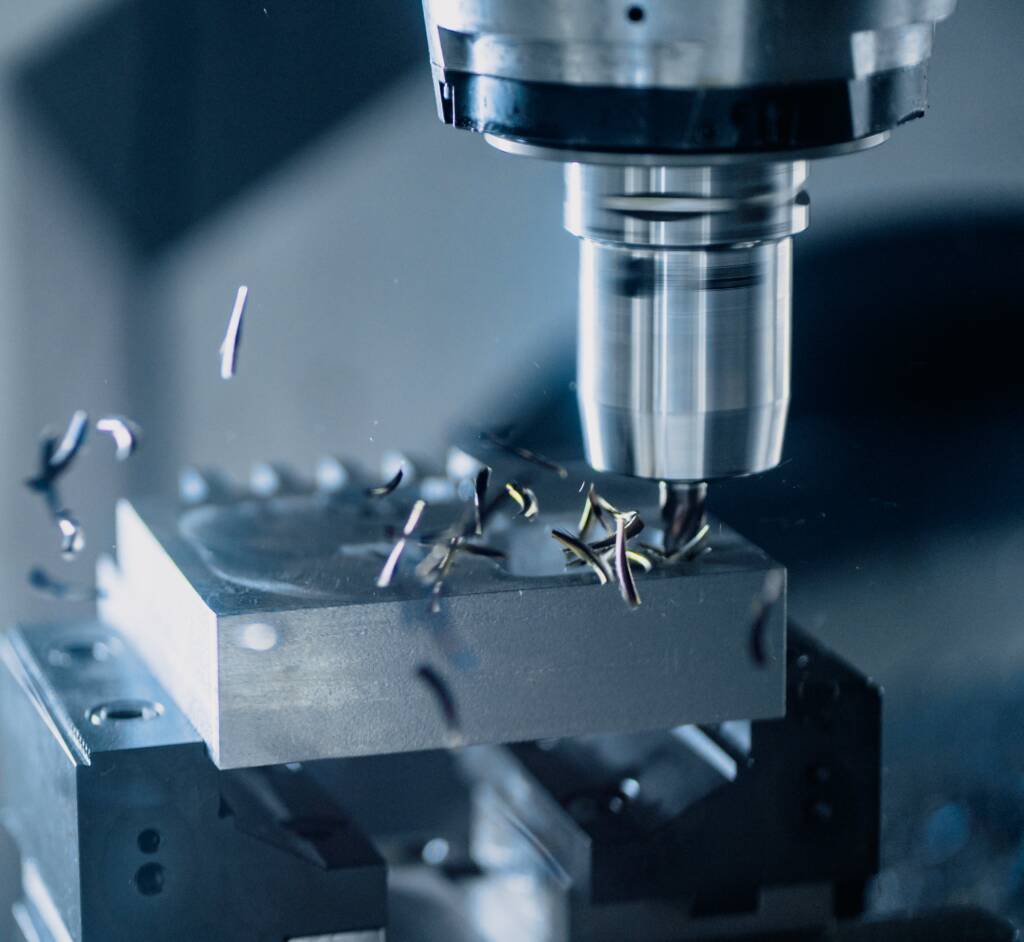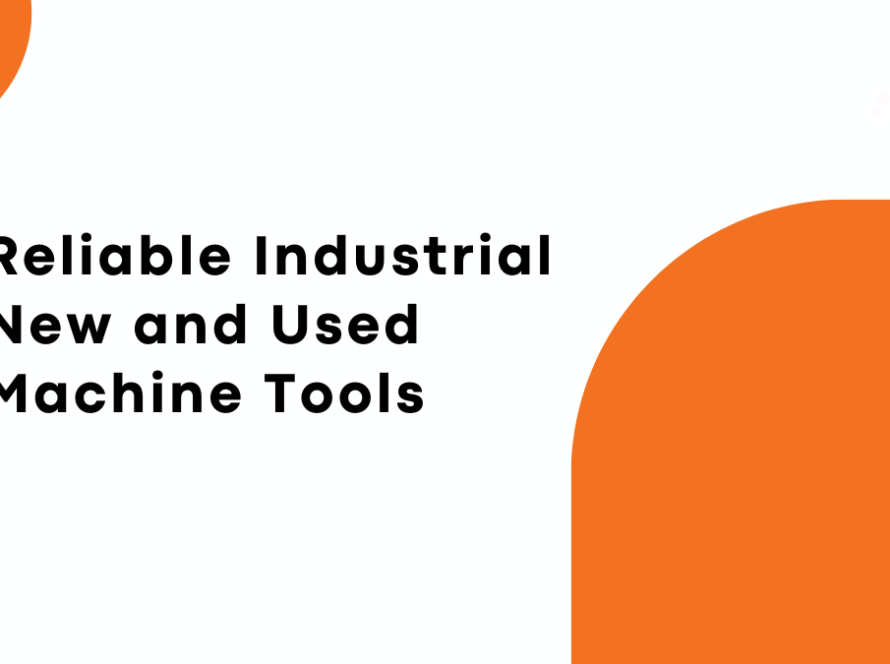Welcome to a world where art meets precision engineering, where creativity intertwines with industrial machinery. In today’s blog post, we dive into the fascinating realm of milling machines and their role in shaping the sculpture of modern industry.
From their humble beginnings as tools for cutting metal to their indispensable presence in countless manufacturing processes, these powerful marvels have revolutionized how we create and build.
Join us on this captivating journey as we explore how milling machines have become the unsung heroes behind some of our most awe-inspiring creations, blending artistic vision with technological prowess.
How milling machines have shaped modern industry
Milling machines have played a crucial role in shaping modern industry, revolutionizing how we manufacture and produce goods. These powerful tools have been present in various industries for centuries, constantly evolving and improving to meet the growing demands of technology.
One of the main ways milling machines have shaped modern industry is through their ability to cut and shape materials accurately and efficiently.
Traditionally, traditional manufacturing methods relied heavily on manual labor, making achieving precise and consistent results difficult. However, with the advent of milling machines, this process has become much more streamlined and efficient.
Examples of industries that use milling machines
Milling machines are versatile tools that are used in a wide range of industries for various purposes. They have greatly revolutionized the manufacturing process and have become an essential tool for creating precise and complex parts.

This section will explore some of the most common industries that rely on milling machines for production.
- Automotive Industry:
The automotive industry is one of the largest users of milling machines, as it requires precision-machined parts for vehicles’ engines, transmissions, chassis, and body components. Milling machines create intricate shapes and designs in metal parts such as engine blocks, crankshafts, and camshafts. Milling machines have also significantly improved the efficiency and accuracy of mass production in the automotive industry. - Aerospace Industry:
The aerospace industry demands high-quality, complex components for safe and reliable aircraft performance. Milling machines play a crucial role in this sector by producing critical parts such as turbine blades, engine mounts, landing gear components, etc. The advanced capabilities of modern milling machines allow aerospace manufacturers to achieve the tight tolerances required for these specialized parts.
Impact on production efficiency and quality
Milling machines have played a crucial role in revolutionizing the manufacturing industry, increasing production efficiency and improving product quality. The impact of these machines on production efficiency and quality cannot be overstated, as they have significantly transformed the way industries operate.
One of the key advantages of milling machines is their ability to mass-produce identical parts with high precision and accuracy.
Their automated processes make this possible, ensuring consistent dimensions and smooth finishes, eliminating human error. As a result, companies can produce large quantities of products in a shorter time without compromising on quality.
Types of milling machines
Types of milling machines have revolutionized the manufacturing industry, enabling precision and efficiency in producing various products.
These machines remove material from a workpiece using rotary cutters and creating complex shapes and designs. Several milling machines are available in the market, each with unique features and capabilities.
- Vertical Milling Machine:
As the name suggests, this machine has a vertically oriented spindle moving up and down along the table. Due to its versatility, it is one of the most common types of milling machines used in workshops and factories. The vertical milling machine can perform various operations such as drilling, cutting, and boring, making it suitable for producing different components with high accuracy. - Horizontal Milling Machine:
In contrast to vertical milling machines, horizontal milling machines have a horizontally oriented spindle that operates on a fixed arbor or platform. Due to their rigid construction, they are ideal for heavy-duty machining tasks such as slotting, slab milling, and gear cutting. Additionally, they can handle large workpieces better than other milling machines.
Vertical vs. horizontal milling machines
Milling machines are essential tools in manufacturing and industry, used to shape and cut solid materials such as metal, wood, or plastic.
They come in various shapes and sizes, but two of the most commonly used types are vertical and horizontal milling machines. Both have unique features and advantages that make them suitable for industrial applications.
Vertical milling machines have a vertically oriented spindle, meaning the cutting tool is mounted on a vertical axis. The workpiece is stationary on the machine table while the spindle moves vertically to cut into it. This type of machine is ideal for creating holes or slots in large workpieces because of its ability to move up and down along the z-axis.
One significant advantage of using a vertical milling machine is its versatility. It can perform both simple and complex operations with precision due to its adjustable head and larger working envelope. Additionally, vertical mills are easier to operate since they allow for better visibility of the cutting process from above.
On the other hand, horizontal milling machines have a horizontally oriented spindle with an arbor that holds multiple cutting tools parallel to the table’s surface. The cutting tools rotate at high speeds while moving along different axes, allowing for more complex cuts than what can be achieved with a vertical mill.
CNC vs. manual milling machines
CNC (Computer Numerical Control) and manual milling machines are two of the most commonly used tools in modern industry for shaping and cutting metal, wood, and other materials.
Both types of milling machines have their own unique advantages and limitations, making them suitable for different applications depending on the specific needs of a project.
The main difference between CNC and manual milling machines lies in their method of operation. Manual milling machines require a skilled operator to guide the machine’s movements physically, while CNC milling machines are controlled by computer programs that dictate precise movements based on digital designs and specifications.
One advantage of using a CNC milling machine is its precision. As pre-programmed instructions control the machine, it can produce highly accurate cuts with minimal room for error. This makes it ideal for projects that require intricate details or complex shapes.
Additionally, CNC milling machines can operate continuously without fatigue or human error, making them more efficient than manual mills requiring operator breaks and adjustments.
The mechanics behind a milling machine
The milling machine is a staple piece of equipment in the manufacturing and metalworking industry. It is a versatile and powerful machine that plays a crucial role in shaping raw materials into usable products.
This section will explore the mechanics behind how a milling machine operates and its various components.
- The Spindle
At the heart of every milling machine lies the spindle. This rotating component holds and rotates the cutting tool, which does most of the work in shaping the material.
The speed at which the spindle rotates can be adjusted to control how quickly or slowly material is removed from the workpiece.
- Cutting Tools
Milling machines use various cutting tools depending on the material being worked on and the desired outcome.
Some common tools include end mills, face mills, ball nose cutters, and fly cutters. These tools are inserted into holders attached to the spindle, allowing them to rotate.
Explanation of key components such as the spindle, cutter, and table
Milling machines are powerful tools used in the manufacturing industry for shaping and cutting various materials such as metal, wood, and plastic.
They are essential equipment in modern industry and have greatly revolutionized object production. This section will discuss the key components of milling machines: spindle, cutter, and table.
Spindle
The spindle is one of the most crucial components of a milling machine. A rotating shaft holds the cutting tool and rotates it at high speeds to remove material from the workpiece. The spindle can be vertical or horizontal, depending on the type of milling machine.
Cutter
The cutter is another essential component of a milling machine. It refers to any tool that cuts or shapes material during machining. Various cutters are available, each designed for specific operations such as facing, slotting, drilling, reaming, etc.
The process of using a milling machine for sculpting metal and other
Using a milling machine for sculpting metal and other materials has become an integral part of modern industry.
With its precision and versatility, the milling machine has revolutionized how we shape and mold various objects, from intricate mechanical parts to large-scale sculptures.
To fully understand the capabilities and potential of a milling machine in sculpting, it is important to have a basic understanding of how it works.
At its core, a milling machine is a rotary cutting tool that removes material from a workpiece by advancing in multiple directions. This allows for precise shaping and detailing of the material.

